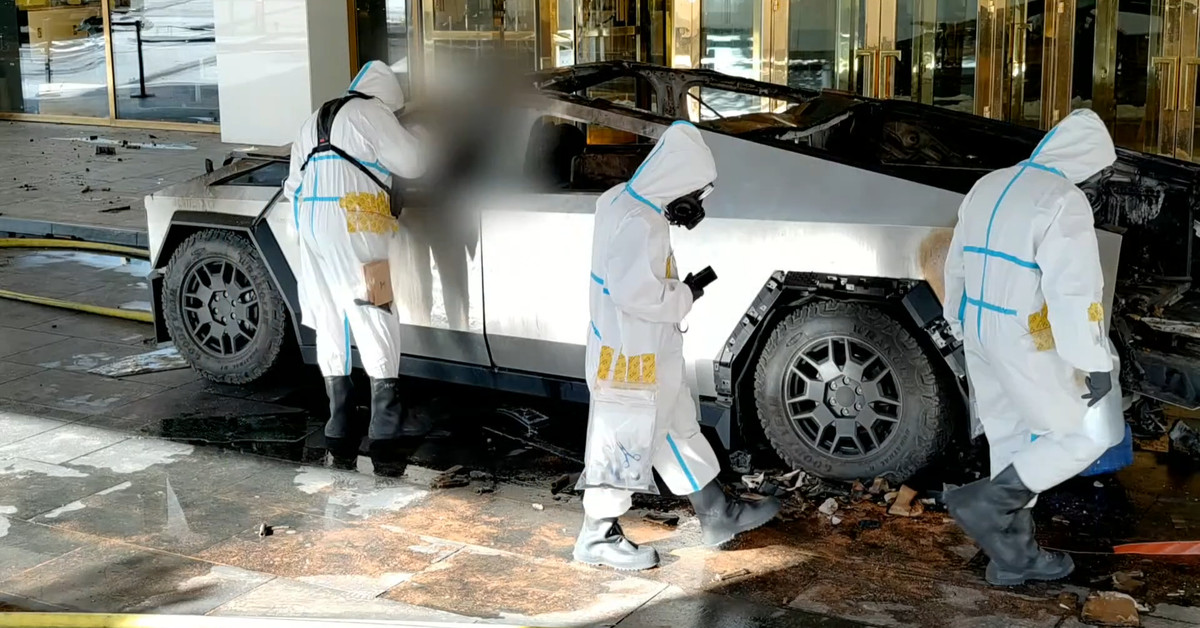They confirmed that the suspect, an active duty soldier in the US Army named Matthew Livelsberger, had a “possible manifesto” saved on his phone, in addition to an email to a podcaster and other letters. They also showed video evidence of him preparing for the explosion by pouring fuel onto the truck while stopped before driving to the hotel. He’d also kept a log of supposed surveillance, although the officials said he did not have a criminal record and was not being surveilled or investigated.
The Las Vegas Metro Police also released several slides showing questions he’d posed to ChatGPT several days before the explosion, asking about explosives, how to detonate them, and how to detonate them with a gunshot, as well as information about where to buy guns, explosive material, and fireworks legally along his route.
Asked about the queries, OpenAI spokesperson Liz Bourgeois said:
We are saddened by this incident and committed to seeing AI tools used responsibly. Our models are designed to refuse harmful instructions and minimize harmful content. In this case, ChatGPT responded with information already publicly available on the internet and provided warnings against harmful or illegal activities. We’re working with law enforcement to support their investigation.
The officials say they are still examining possible sources for the explosion, described as a deflagration that traveled rather slowly as opposed to a high explosives detonation that would’ve moved faster and caused more damage. While investigators say they haven’t ruled out other possibilities like an electrical short yet, an explanation that matches some of the queries and the available evidence is that the muzzle flash of a gunshot ignited fuel vapor/fireworks fuses inside the truck, which then caused a larger explosion of fireworks and other explosive materials.
Trying the queries in ChatGPT today still works, however, the information he requested doesn’t appear to be restricted and could be obtained by most search methods. Still, the suspect’s use of a generative AI tool and the investigators’ ability to track those requests and present them as evidence take questions about AI chatbot guardrails, safety, and privacy out of the hypothetical realm and into our reality.


